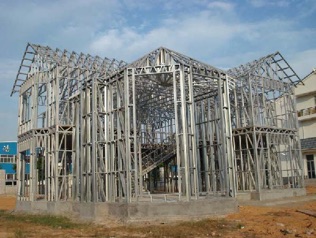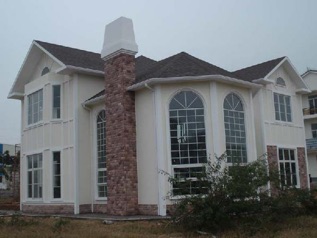MM SYSTEM MARKETING & CONSULTANCY


ABOUT STEEL HOUSING








Leaders in Earthquake Resistant Housing using :
Steel framing design software
Computer controlled production
Portable roll-formers
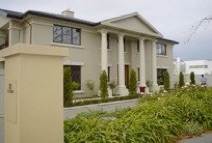
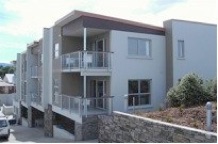
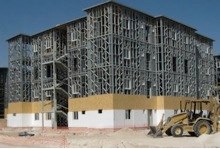
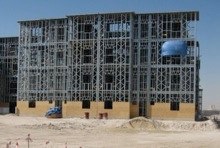
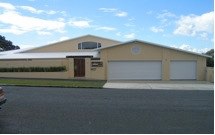
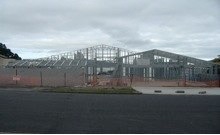

The entirety of this site is protected by copyright © 1991-2015 MM System Marketing & Consultancy
